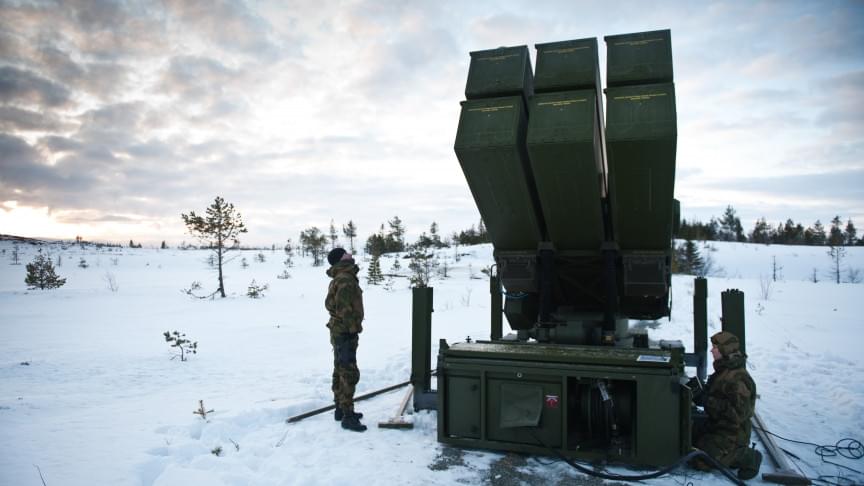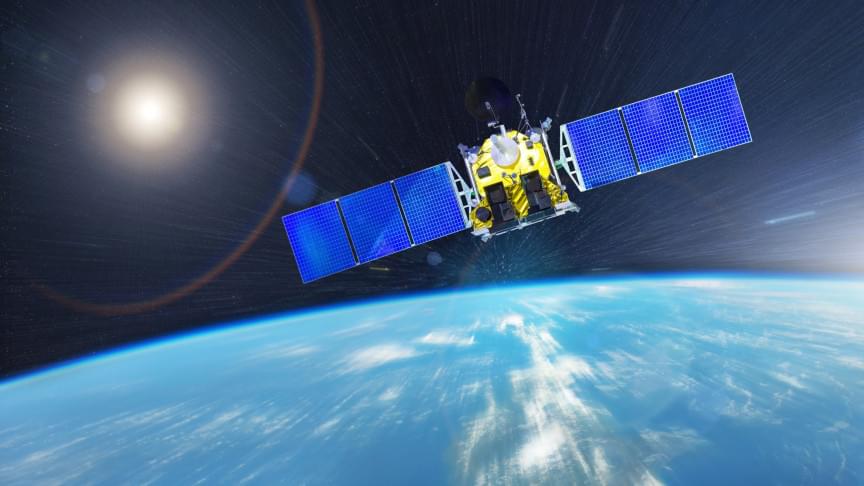Authors of the study created two digital models of human psychology. Find out here:



A listeria outbreak blamed for the death of one person and the hospitalization of 22 people across 10 states has been linked to ice cream made in Florida, the federal authorities said on Saturday.
Big Olaf Creamery, a family-owned company in Sarasota, Fla., exclusively sells ice cream in Florida, the federal Centers for Disease Control and Prevention said. Of those hospitalized, 10 people lived out of state and had visited Florida in the previous month, the C.D.C. said.
The infections tied to Big Olaf ice cream products occurred over the last six months and affected people less than a year old to 92 years old, the C.D.C. said. Five became ill during pregnancy, with one experiencing a fetal loss.

Spotting wildlife in these dark and dense forests teeming with insects and spiny palms is always challenging. This is because of the very nature of biodiversity in Amazonia, where there is a small number of abundant species and a greater number of rare species which are difficult to survey adequately.
Understanding what species are present and how they relate to their environment is of fundamental importance for ecology and conservation, providing us with essential information on the impacts of human-made disturbances such as climate change, logging, or wood-burning. In turn, this can also enable us to pick up on sustainable human activities such as selective logging – the practice of removing one or two trees and leaving the rest intact.
As part of BNP’s Bioclimate project, we are deploying a range of technological fixes like camera traps and passive acoustic monitors to overcome these hurdles and refine our understanding of Amazonian wildlife. These devices beat traditional surveys through their ability to continuously gather data without the need for human interference, allowing animals to go about their business undisturbed.

The U.S. announced on Friday a new $820 million Ukraine military aid that includes the National Advanced Surface-to-Air Missile System (NASAMS). The Pentagon contract denotes the start of a contracting process for a significant amount of equipment, including four more counter-artillery radars and up to 150,000 rounds of 155mm artillery ammunition, through the Ukraine Security Assistance Initiative.
NASAMS can be quite an unpleasant adversary for tactical aircraft (possibly with the exception of the Su-57), helicopters, drones, subsonic cruise missiles (Caliber, Kh-101, 9M728). Against high-speed targets (from Oniks to Kinzhal) the benefit of this system seems doubtful.
5/— Dmitry Stefanovich (@KomissarWhipla) July 1, 2022



Spoiler alert: this article explains a key plot point, but we don’t give away anything you won’t see in trailers. Thanks to reader Florence, 7, for her questions.
At the beginning of the new Disney Pixar film, Lightyear, Buzz Lightyear gets stranded on a dangerous faraway planet with his commanding officer and crew.
Their only hope of getting off the planet is to test a special fuel. To do that, Buzz has to fly into space and repeatedly try to jump to hyper-speed. But each attempt he makes comes with a terrible cost.